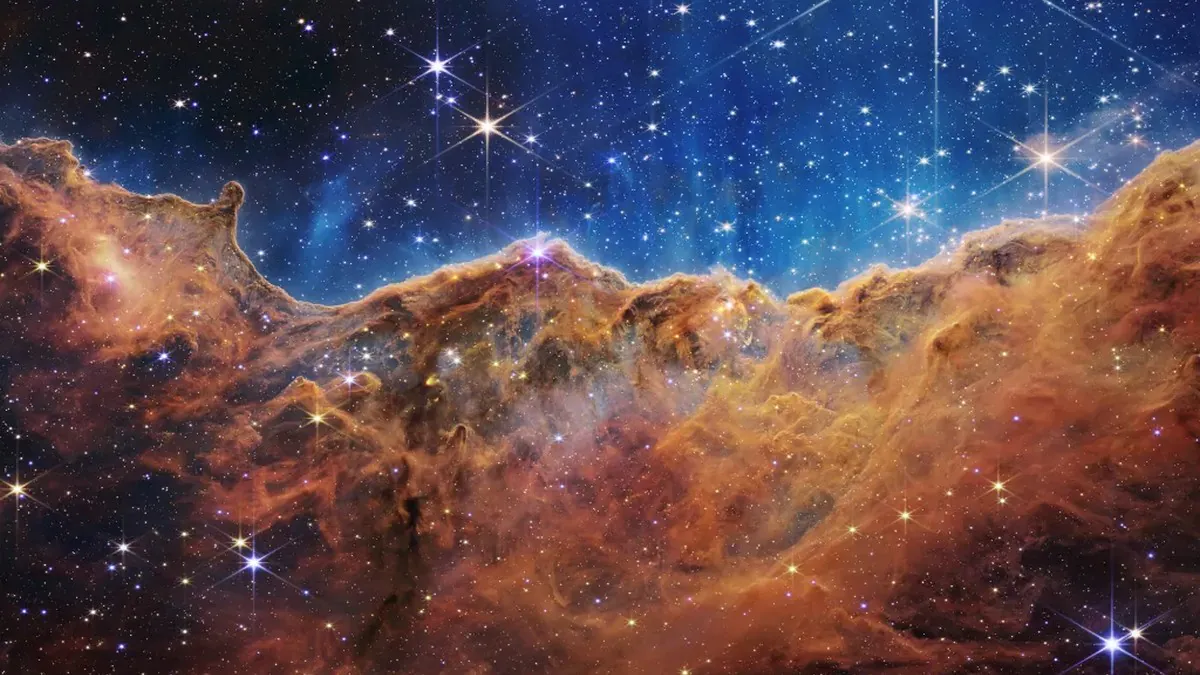
Recently, at an event held at the Goddard Space Flight Center, NASA shared the first batch of full-color images taken by the James Webb Space Telescope (JWST). The largest and most powerful human space observatory ever commissioned, JWST stands at the forefront of human ingenuity. However, despite this ingenuity, computer enthusiasts will laugh at the available telescope storage to save all these amazing photos – only 68 GB.
Honestly, it’s not just an SSD. In fact, it is called a solid-state recorder. Any electronic part used in a project like JWST must go through a grueling certification process. There are standards of reliability, speed, redundancy and radiation resistance that the sum of its parts must meet. The world’s best SSDs can store many times more data and run thousands of times faster, but if you can throw them high enough – they all fail.
Let’s be clear: the images themselves are awe-inspiring and mind-blowing, but there are a million checkmarks to be met between the moment JWST captures one of these space opera-like images and the moment we can actually display them on screen.
JWST’s massive 25 square meter optics were designed to capture infrared light with a wavelength of up to 28 microns. And the wider the wavelength that the sensor can capture, the more data it will produce for each image. This is true for both the cell phone image and the JWST. Everything, including colors, is a data. Because of how sensitive JWST is, it can produce up to 58.8GB of image data each day, leaving the historic Hubble and its maximum 2GB daily in the past. The data recording itself is handled by the JWST ISIM Command and Data Handling (ICDH) subsystem, which can support a maximum transfer rate of around 48 Mbps. That’s enough for JWST to save about six 2048×2048 image files every 10.7 seconds.
This can be a problem. The 68 GB JWST radiation-resistant solid-state recorder can be completely filled in one day. But in reality, depending on the schedule, the JWST SSD can be filled in just 120 minutes. This means that data must be constantly cleaned on SSDs, crossing the 1.5 million km of space that separate JWST from Earth’s pale blue dot, where it can be safely stored on NASA servers.
This distance was not chosen by chance, because JWST is parked at the Lagrange point 2, one of the points where the gravitational interactions between different celestial bodies cancel each other out, allowing for images as stable as possible in the tapestry of space. Thus, JWST must not only receive images, but also frequently transmit them toward Earth.
JWST’s primary communications system, based on Ka-band frequencies, transmits data to Earth on a 25.9 GHz channel at speeds of up to 28 Mbps. To replenish its databases, JWST transmits science data in two 4-hour contact windows each day, with each contact allowing at least 28.6 GB of recorded science data to be transmitted to Earth.
A pair of slower S-band radio channels provide other needs. The uplink at 2.09 GHz transmits to the telescope future schedules of transmissions and science observations at 16 kbps, which are planned 12 to 20 weeks ahead. The second channel, 2.27 GHz, 40 kbps, transmits telescope engineering and telemetry data, including operational status and systems status.
Engineers estimate that by the end of JWST’s 10-year lifespan, only 60 GB of storage will remain due to cell damage from various sources, including recordings and radioactivity. This will be enough for a maximum daily data collection of 57 GB.
You can also help Ukraine fight with Russian occupants via Savelife or via an official page of the National Bank of Ukraine.
Leave a Reply